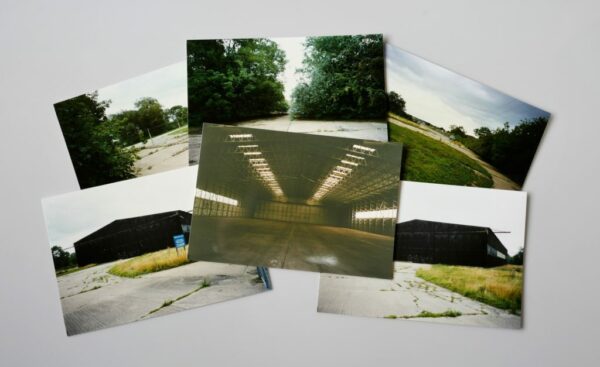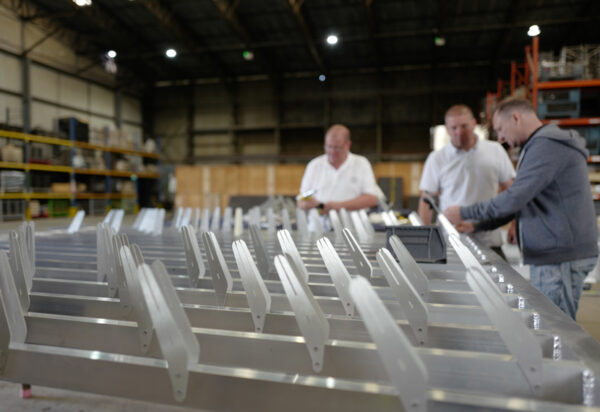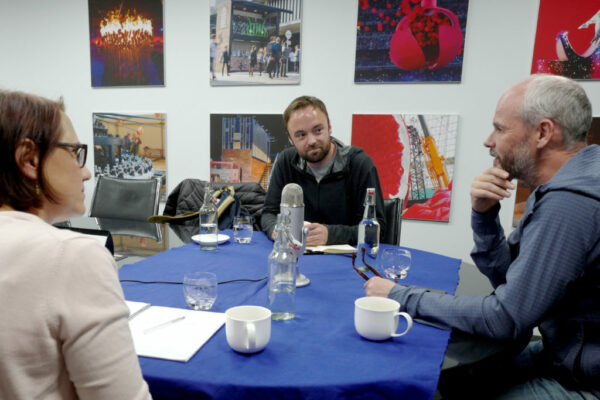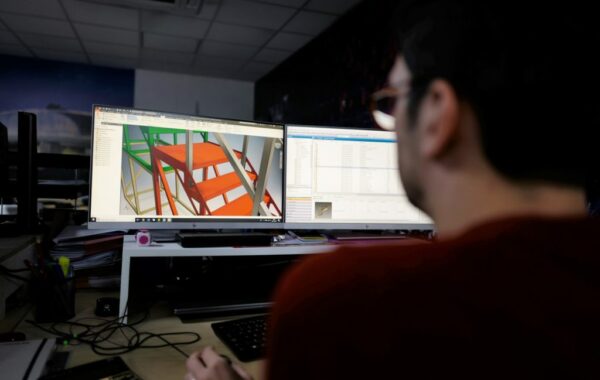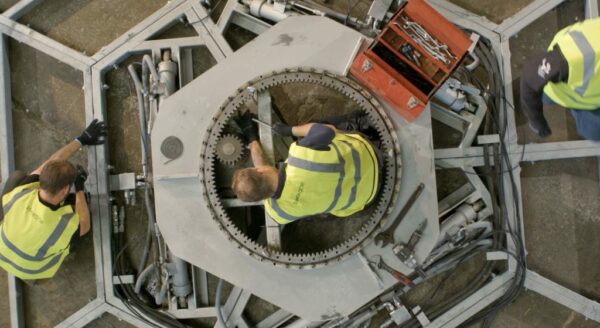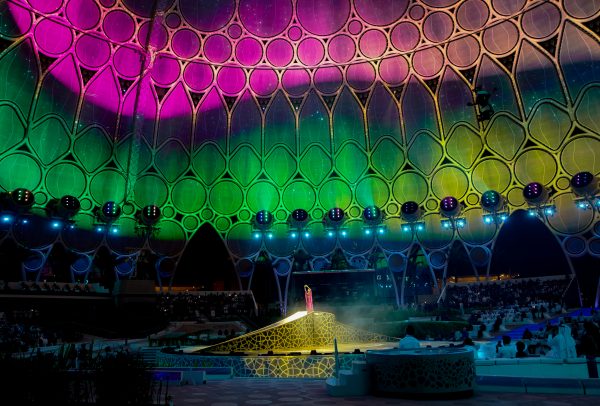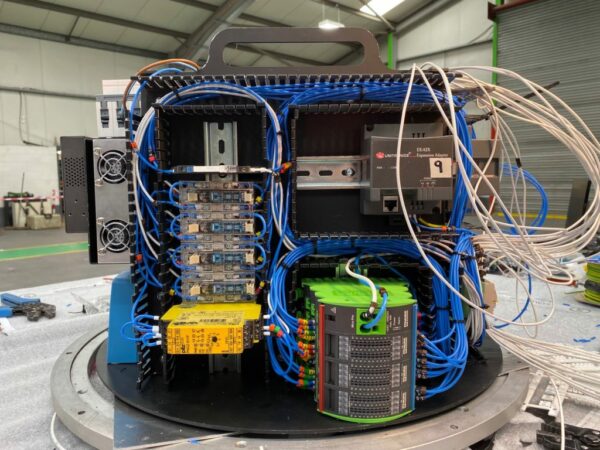
A common misconception surrounding modern engineering is its hands-on nature. Most engineers graduate to a working life at a desk. Behind a screen. Software design has become a foundation of the engineering process and a well written piece of code is usually a prerequisite to any kind of motion or excitement. The world of programming seems pretty alien to most people, borderline a taboo subject. However, once you scratch the surface, progress comes in satisfying leaps and bounds.
LadderLogic is a versatile style of code, not far off being an independent language. At Stage One we use it for programmable logic controllers – these behave as an accessible user interface and manage the system’s functionality.
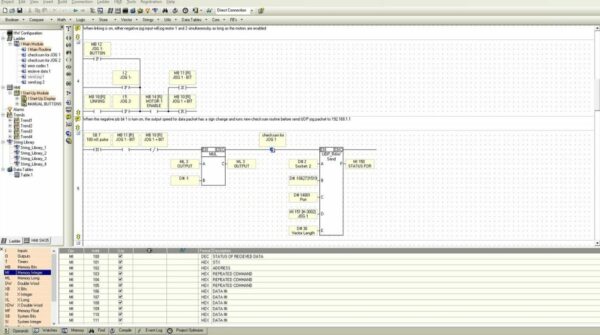
Engineers conceptualised PLCs from networks of relay and switches. The use of a PLC can replace a complex wiring panel capable of filling a small room, with the software medium controlling millions of transistors.
Designing in LadderLogic is a little like constructing an electrical circuit: the power ‘flows’ left to right through your ‘nets’, executing actions and functions one at a time. It’s an intuitive process – craft a series of functions to give the desired response to each input. Order is key.
Equipped with a PLC and some motors, your potential is vast. Last month, Stage One shipped a new touch screen controller, programmed in Ladder, to the Dragone theatre company in China. Dragone is renowned for its extravagant shows and will use the controller to open an eight-petal ‘pearl’ as it descends from the ceiling, revealing one of the performers inside. Challenges in software engineering often come from the fluid nature of the client’s desires. For the pearl, the software needed to manage status messages, offer a variety of speed options, provide an easy touchscreen interface for the show’s production crew and most importantly, ensure safety throughout. Whilst, of course, having the whole interface translated into Mandarin.
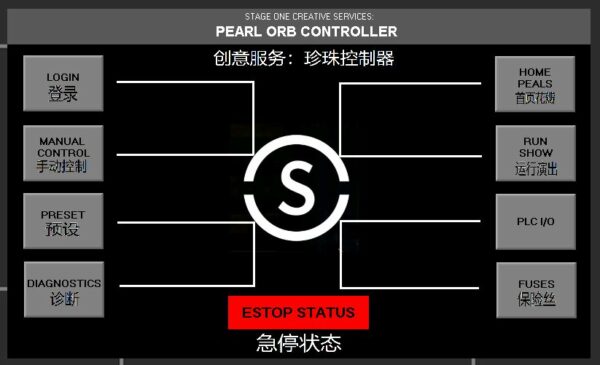
Back in the UK, we’ve recently used LadderLogic to programme a handset for our touring drives. Through a simple ethernet cable, we powered the device and instructed large winches to pull a pair of comically oversized mice across the stage during the English National Opera’s production of Orphée in London.
Precision is vital both in our workshops and in our computer programs. Getting two computers to talk can be awkward, consequences can be quite significant if binary 1s and 0s are confused in a data packet.
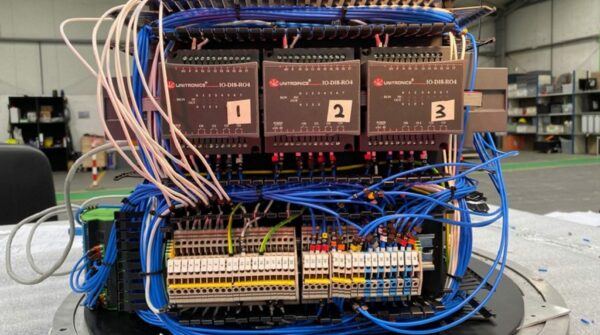
Through a carefully constructed ASCII data stream our handset would talk to the drive asking about its position, speed and state whilst commanding it to move, stop and reset. At Stage One the sheer variety of clients we work with and the dynamic nature of their projects makes it difficult to use standard equipment – and this is what makes our automated processes so exciting. To me, this constant innovation is highly important to prevent the industry from stagnating. Working at a rudimentary Boolean level, LadderLogic programming is a great interminable tool for us to thrive in automation technologies.
